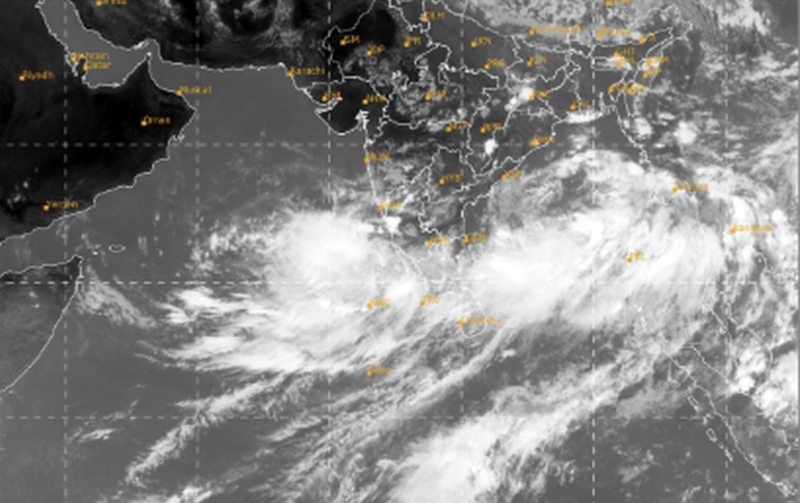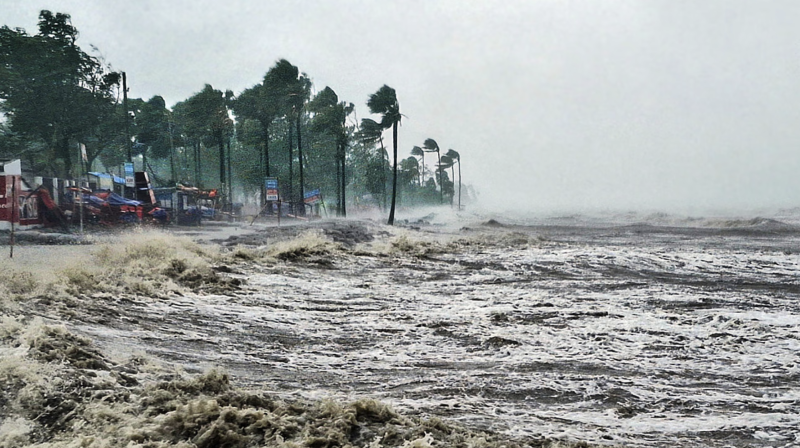
The first major cyclone of the season, Cyclone Remal, battered the coastlines of India and Bangladesh on May 26 and 27, leaving dozens dead and prompting nearly a million people to be evacuated in Bangladesh. As the storm weakened on Monday night, nearly 30 million power were without electrical power in southern Bangladesh and eastern India. The cyclone also caused damage to around 10,000 telecommunications towers, which disrupted cell phone service for millions.
As the climate crisis drives up ocean temperatures, cyclones in the Indian Ocean have become more intense. Cyclones also take longer before making landfall, increasing the intensity of the storm surge, move slower and bring more rainfall – all changes driven by human-caused climate change. The cyclone season this year is likely to bring frequent storms, many of which are expected to make landfall in South Asia.
Cyclone Remal brought wind speeds up to 140 km/h, and made landfall on the night of May 26 near the southern port of Mongla. Bangladesh, a low-lying delta nation of nearly 170 million, is no stranger to tropical storms and cyclones. The increased intensity of tropical storms has prompted Bangladesh to improve infrastructure to deal with coastal flooding and urban inundation.
Deforestation, increasing water salinity and intensive shrimp farming in the Sundarbans has diminished the once mighty mangrove forest’s ability to reduce the intensity of tropical storms, highlighting how human activity exacerbates vulnerability to climate crisis induced disasters. There have also been reports of the region’s rich wildlife being swept away by high tides and flooding.

Even though evacuation orders were widely given across southern Bangladesh, authorities worry that many people hesitate to go to cyclone shelters for fears of damage to property and livestock.
Bangladesh’s minister for disaster management and relief, Mohibbur Rahman, claimed that 35,000 homes had been destroyed and nearly 115,000 damaged. He also suggested that trees and fish enclosures had taken widespread damage, with many areas heavily waterlogged or flooded.
Prime Minister Sheikh Hasina ordered repairs of damaged infrastructure, including embankments in the coastal areas. She is expected to visit cyclone hit areas once the weather improves.
Dhaka, Bangladesh’s capital, continues to manage disruptions caused by sporadic urban flooding caused by heavy rains. Flights were suspended at Kolkata’s airport until Monday, and at Shah Amanat International Airport in southeastern Bangladesh’s Chattogram.
Even though the storm has weakened, meteorologists are predicting that heavy rains and strong winds will persist for the days to come.
The Philippines also encountered the first tropical storm of the season, with Typhoon Ewiniar battering the archipelago nation over the weekend of May 25-26.
